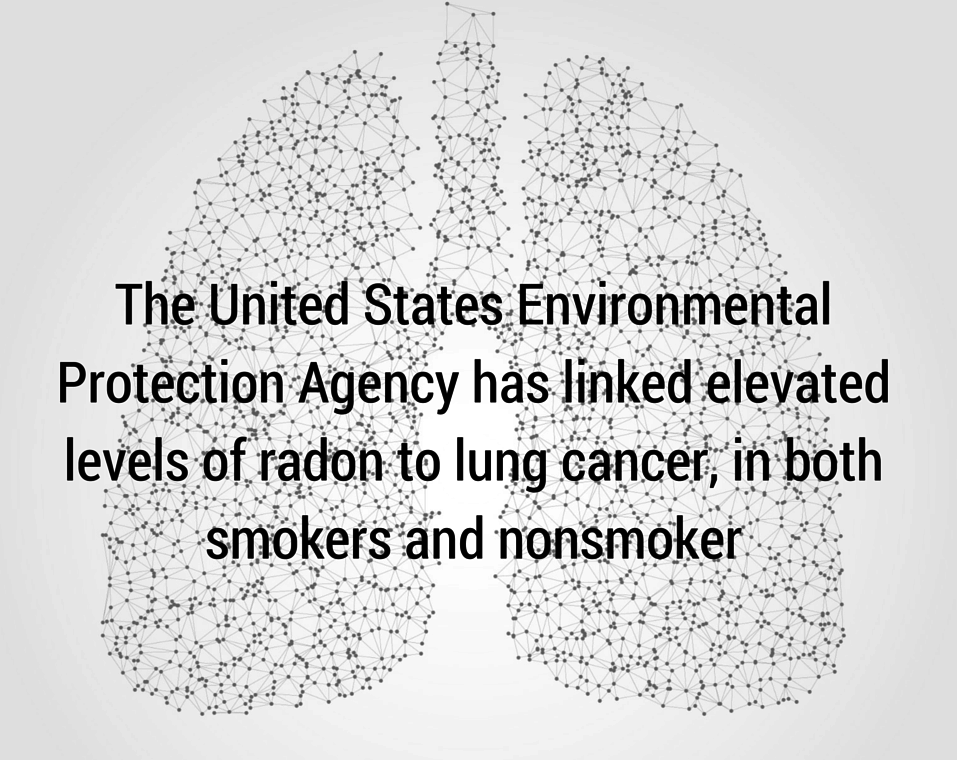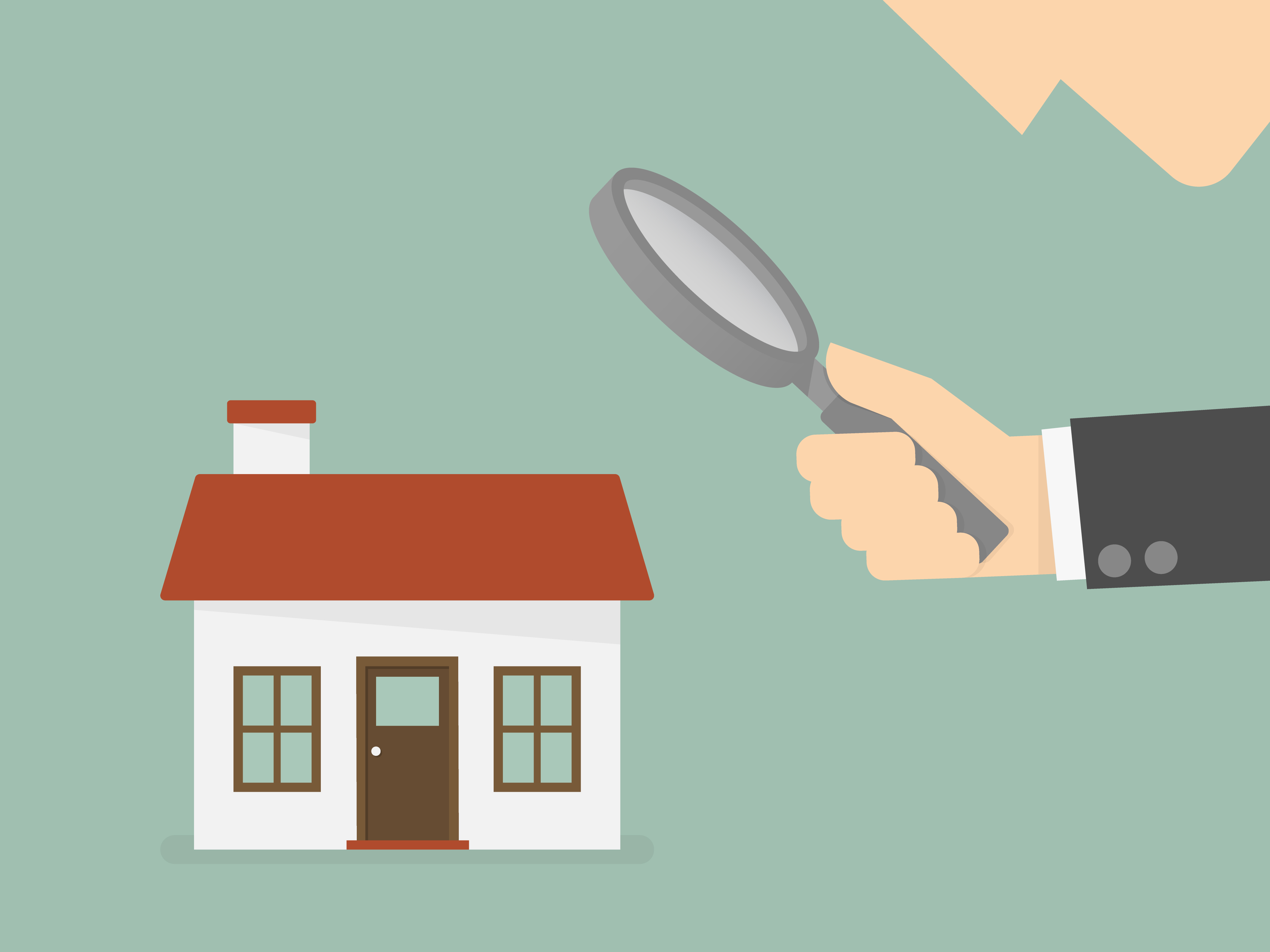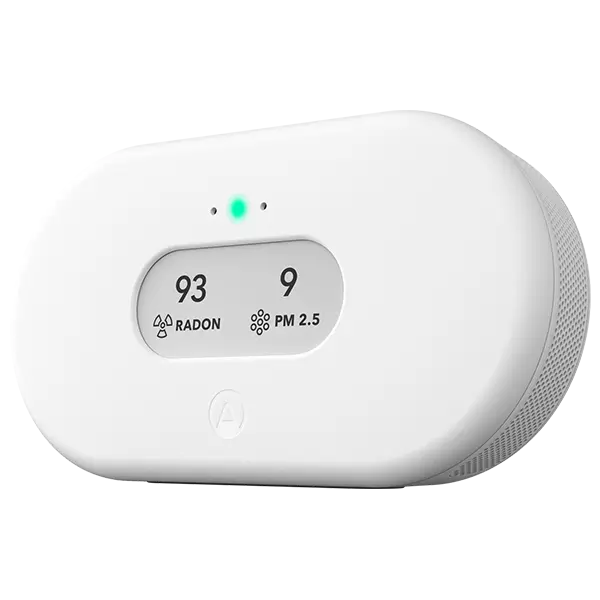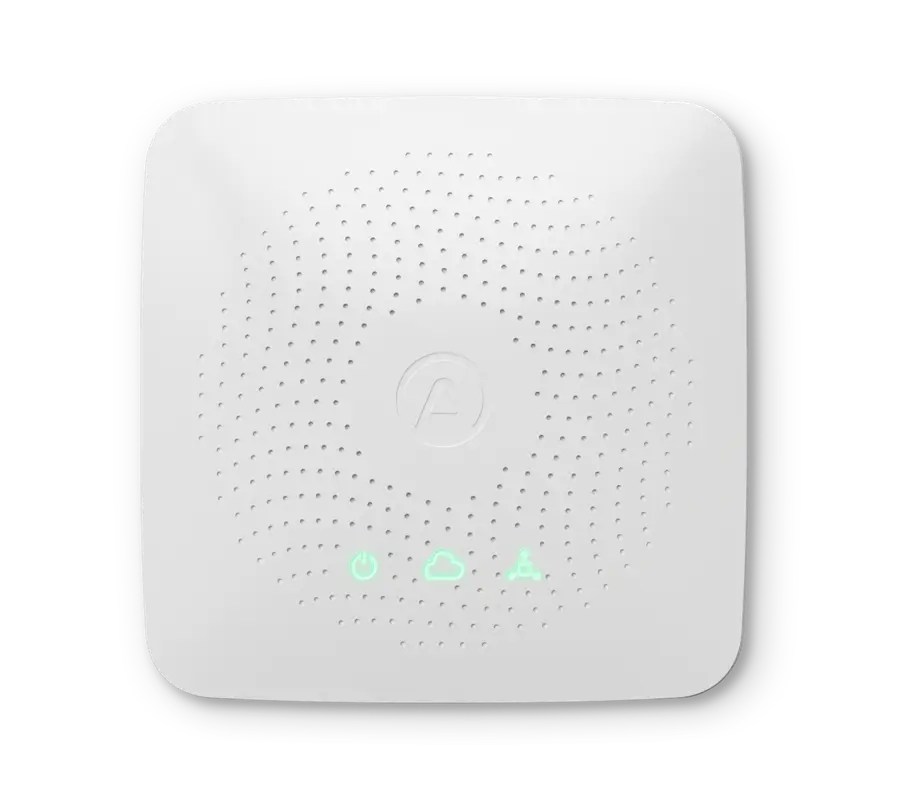Radon and New England Radon Levels
New England radon levels are high. Radon is a colorless, odorless gas, which means you cannot detect it with your human senses. It’s also radioactive, which makes it especially dangerous. The good news: you can detect radon, you just need the proper instruments.

As a radioactive gas, radon interacts with the human body in harmful ways. Smokers are especially prone to lung cancer from radon exposure, as the radioactive nature of radon amplifies the negative effects of cigarettes. At the same time, homeowners who have never smoked a day in their lives sometimes are diagnosed with late stage aggressive lung cancer caused just from breathing the contaminated air in their homes. With no cause to check their lung health, the cancer is often discovered at a later stage than it might be in a smoker. These negative effects on the lungs can be especially pronounced for children, too, as their lung tissues are still developing. All this is to say, radon can give you lung cancer and it will do so over a long span of time.
Because radon takes so long to give people lung cancer, there is much you can do to avoid getting cancer from it. The first step is to detect the level of radon in your home. If the level is elevated, then you can take further measures to remove that radon and thereby protect you and your family. We will discuss the steps you should take to both test and resolve radon in your home.
New England radon has received particular attention from homeowners because of the large amount of granite in New England earth. Granite, like most stones, contains trace amount of uranium and other radioactive material. Granite in particular contains more of these radioactive materials than other stone, though. Uranium is the most common source of radon, which forms when uranium undergoes a process called “decay.” Uranium decay is when solid uranium slowly turns into solid lead over time. As part of the decay process, other elements are created as byproducts. One of the byproducts of uranium decay is radon gas.
Uranium that is trapped in the ground gives off radon gas, which then seeps up out of the ground and into our atmosphere. As part of this process, radon is often trapped in buildings. Homes, schools, office buildings--all are susceptible to radon. We most often hear of radon testing and mitigation in homes because it is a personal issue that every individual homeowner must take on, and because entire families can be in danger if they are living in a home with elevated levels of radon. Because radon comes up from the ground, it is most often found in basements. However, as a gas radon can move throughout your house and therefore is a threat to all inhabitants of the home regardless of time spent in the basement.
New England radon is a danger for homes particularly in that area, because they tend to be made with older construction methods. New homes have solid concrete slab foundations that, if properly sealed, can go a long way to keeping radon gas out of the house. But homes with crawl spaces and with old joints connecting the basement and upper parts of a home can be thoroughfares for this radioactive gas. Some homes even actively suck radon out of the gas due to increased airflow within the home, which can create a suction effect on the ground.
Given that New England radon levels are high, and that radon is radioactive and linked to lung cancer, all New England homeowners should test for radon. Radon tests are a simple way to know if your home has this dangerous gas. If it does, you can do something about it and likely save yourself and your loved ones from lung cancer. If it does not, you can continue to monitor the situation and rest easy knowing that your health is not being compromised by this unseen force.
If you do conduct a radon test and find low levels of the gas, you may think it’s safe to forget about it. You would be wrong. Gases ebb and flow just a like a river, and just like the height of a river the levels of radon in your home constantly go up and down. In the summer you may have safe levels of radon, while in the winter your home could be flooded with it. For this reason, you cannot rely on a single short-term test to be sure you and your family are not at risk. You need to monitor the situation for at least several seasons, and then check every couple of years to make sure nothing in your home’s radon level has changed.
What makes radon testing even more important is the fact that it varies from house to house, not just region to region. This is to say, your neighbor may have almost no radon in their home, but your home could have double the maximum recommended amount. This house by house difference comes from a number of factors, from the foundation of your home to the structure of your plumbing infrastructure to the jointing used to build your home. Since New England radon levels are high, it is very important to test if your home has a radon problem.
How to Tell if your New England Home is Radon-Prone

Testing for radon is a simple task. You have two main options: a short term test or a long term test. Short term tests are good for a quick, initial reading of radon in your home. The analog charcoal tests tend to be the most accurate, but also require you to send the test kit into a lab for analysis. Short term test kits are single-use, so you will likely need to purchase more than one to test different rooms and to test your house at different times of the year. Long term radon tests can be either analog or digital, with the digital tests being more accurately called “radon monitors” as they constantly test the air in your home for radon. Long term test kits that are analog require you to submit your results to a lab, while digital radon monitors allow you to regularly test and monitor radon levels in different spots throughout your home. Radon monitors can be more cost efficient in this way. Rather than purchasing many different short term radon test kits, radon detectors allow you to test for radon in real time and take measures if necessary. New England radon levels makes it highly relevant to conduct long term tests.
If you conduct a short term radon test, you should make sure each room that could have radon is tested. As a gas, radon shifts into and out of your home at different spots in your house. If you happen to test on one side of your house and radon enters from the opposite side of your house, you will not get an accurate reading of the radon entering your home. So, you will need to purchase test kits for every room that may have radon.
If your home has radon levels below 4.0 pCi/L (“pCi/L” is the unit that is used to measure radon in the US), you should plan to run another test at some point in the near future to confirm these test results. If your home has radon above 4.0 pCi/L, that is considered an “actionable” amount of radon and you should conduct another test immediately to confirm the amount of radon in your home.
If after one test your radon levels are below the action level of 4.0 pCi/L, you may also want to invest in a long term radon detector. A good long term detector will let you test different rooms, and will give you both short and long term readings. This device will make sure you are on top of the radon levels in your home at all times throughout the year and into the future. Think of it like a smoke detector. It almost never goes off, but it’s there in case things get unsafe.
What to do if your Home has Unsafe Levels of Radon

New England radon levels are a serious hazard to health, and if your home has over 4.0 pCi/L the United States Environmental Protection Agency recommends you take immediate action. Action against radon most often looks like the installation of a radon mitigation system that is specifically designed to transfer contaminated air from beneath your house out to the atmosphere above your house. Once radon is in the atmosphere it can disperse, but while it is in your house it is trapped, which is when it is concentrated and most dangerous.
The most common radon mitigation system involves sub-slab depressurization, which means your house’s concrete foundation acts as a slab that is sealed and a fan is used to create a suction on that sealed slab. The unequal pressure created by this system is essentially a vacuum for air. It pulls air up through the soil around your home and in so doing pulls radon out from under your home. With a pipe that goes through your basement floor, the radon is pulled up through piping in your home and often out through the attic. The attic is usually where the fan goes whose job it is to create the suction needed to make this system work.
Summary
Radon is a gas that you cannot see, taste, smell, or feel, and it causes lung cancer. As a radioactive gas, its flow in and out of your house is a serious hazard to your health. Detecting radon is actually quite simple; you just need the right instruments. Radon detection is accomplished with either a short term or a long test or monitor.
New England radon levels are particularly of interest because of the high granite content in New England soil. The tricky thing about radon testing and radon levels is that they are not standard. They vary from house to house and you are likely to find different radon levels in your home at different times of the year. Radon gas ebbs and flows, which means you have to be on top of it, especially if you live in New England.
One of the best ways to be on top of radon in your home and not spend a lot of money on single-use radon test kits is to purchase a long term radon detector. Long term radon detectors can be used in different rooms at different times throughout the year, making it the single most powerful tool you can use to protect your family against radon. Take an action if you live in a New England radon-prone house!
SOURCES
Desert News. “Radon tests urged in Utah”. http://www.deseretnews.com/article/695229146/Radon-tests-urged-in-Utah.html?pg=all
KSL. “1 in 3 Utah homes has cancer-causing radon at potentially harmful levels”. https://www.ksl.com/?sid=18373214
Utah Department of Environmental Quality. “Radon Program”. http://www.radon.utah.gov/
Utah Geological Survey. “RADON INFORMATION & RADON-HAZARD POTENTIAL MAPS”. http://geology.utah.gov/hazards/radon/
United States Environmental Protection Agency. “Health Risk of Radon”. https://www.epa.gov/radon/health-risk-radon












%20(1).webp)

%20(1).webp)
